I am in Sweden for a few days on a work trip, so I flew in early for the weekend. I did all the Stockholm museums on my last visit just before the pandemic hit. So, this time I thought I would see a bit of rural Sweden. Two words sum up the countryside here - trees and water. There are a couple of museums that I wanted to see, and the first is the Swedish Tank Museum. It is near a pretty town called Strangnas, about an hour's drive from Stockholm. If you have a car, visit Mariefred at the same time, which is stunning, including a fine castle and a preserved railway.
I was chatting to the curator, who told me they have around 400 AFVs in the collection, with about 100 on display at any one time. They have plenty of German, British, US and Soviet AFVs, but I'll focus on the rarely seen Swedish ones.
This is a Pannsarbil FM/29 armoured car, built-in 1932 for the cavalry regiment. It had a driver at both ends for a quick getaway. Not a success as it was too large and expensive.
This is the Striv FM/31. It had road wheels and tracks, the idea being to save the tracks. However, a better track design meant it never got past the prototype.
Next is the Striv M/37, a Swedish-built version of the Czechoslovak ČKD AH-IV tankette.
The Pansarbil M/31 armoured car was a 4x4 vehicle mainly used for training during WW2.
The Striv M/38 light tank. 216 vehicles of different variants were produced from 1939 through 1944. The vehicle remained in the service of the Swedish army until the 1960s.
The Striv M/42 was a medium tank with a 75mm gun introduced in 1943, although already out of date by wartime standards.
The Pvkv M/43 was a tank destroyer version of the M/42 with a larger calibre 75mm gun. It remained in service until 1970.
The M/42 SKP 'KP-bil' was an armoured truck developed as an APC in 1942. It was called the coffin because of its shape but remained in service until 2004. They saw service with the Swedish element of the UN forces in Cyprus.
The Lvkv FM/43 was an armoured, tracked AA vehicle for use with armoured brigades. It had twin 40mm guns.
The SAV m/43 was a 105mm SPG. Came into service in 1943 and remained until 1973.
The IKV 91 was the replacement tank destroyer for infantry brigades in the 1960s, and it typically carried an infantry section on the rear.
The Pbv 301 was a 1960s APC with a 20mm auto-cannon.
The Strv 74 was a light tank that served from the 1960s until 1984.
The Pbv 302 is an APC. Developed after the Swedish army rejected the M113.
And finally, the iconic and unique S-tank.
Upstairs there is also a small regimental museum for the Sodermanlands Regiment. Guns, uniforms, a full-size wargame unit and some very nice flats of a battle against the Russians at Stäket on 13 August 1719.
Overall, an excellent museum, with accommodating and engaging staff. Well worth the effort getting there.

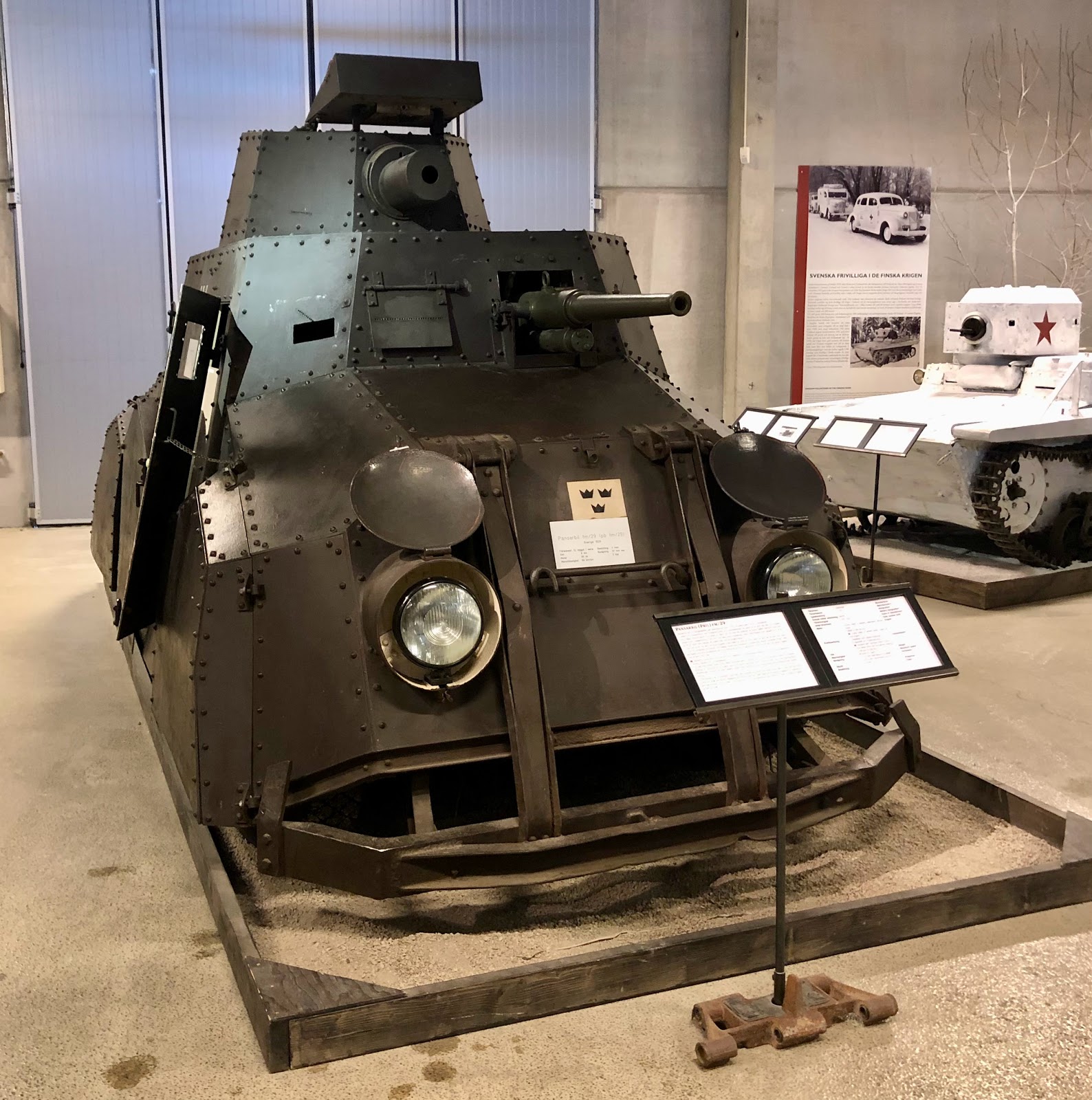
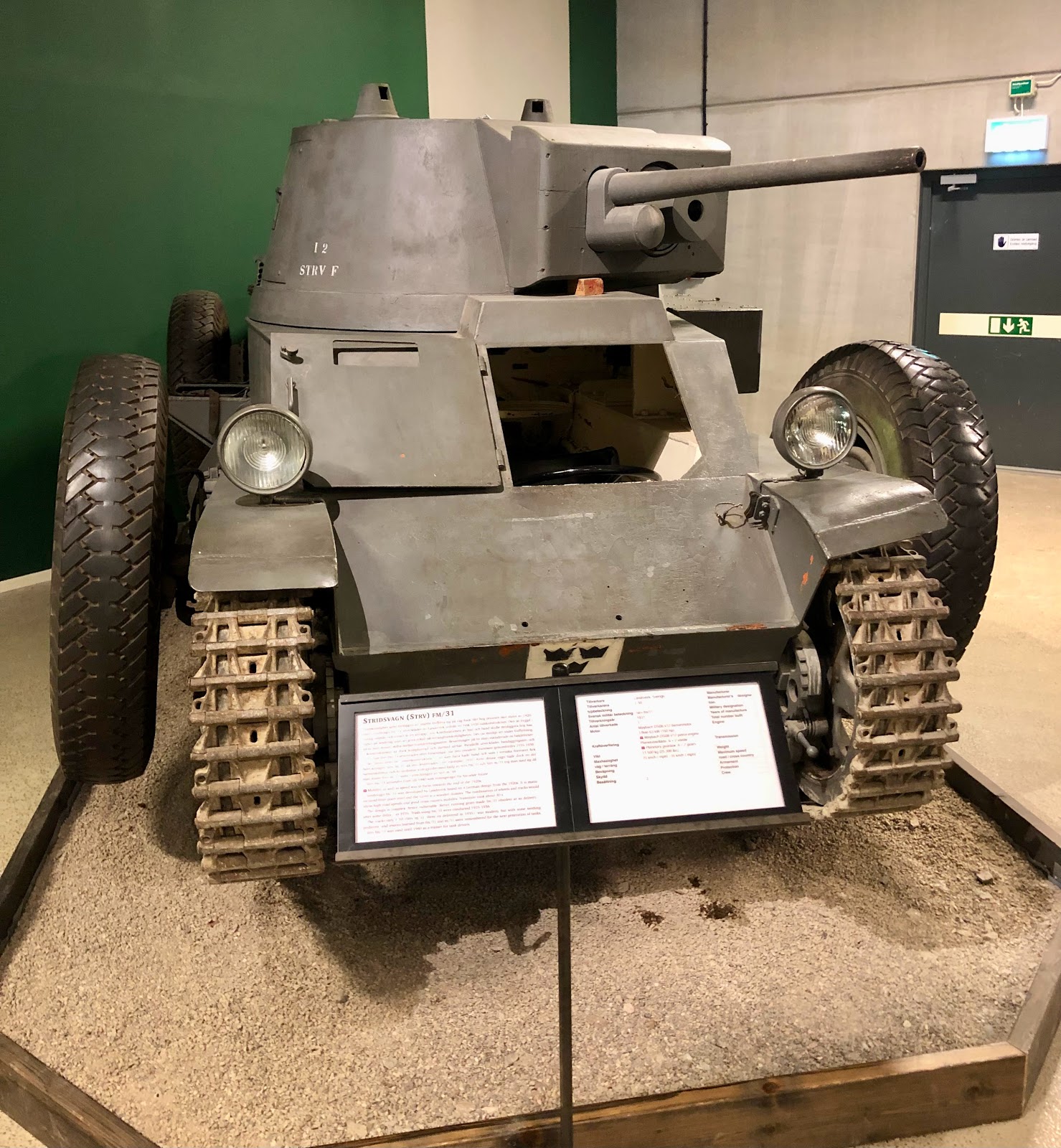
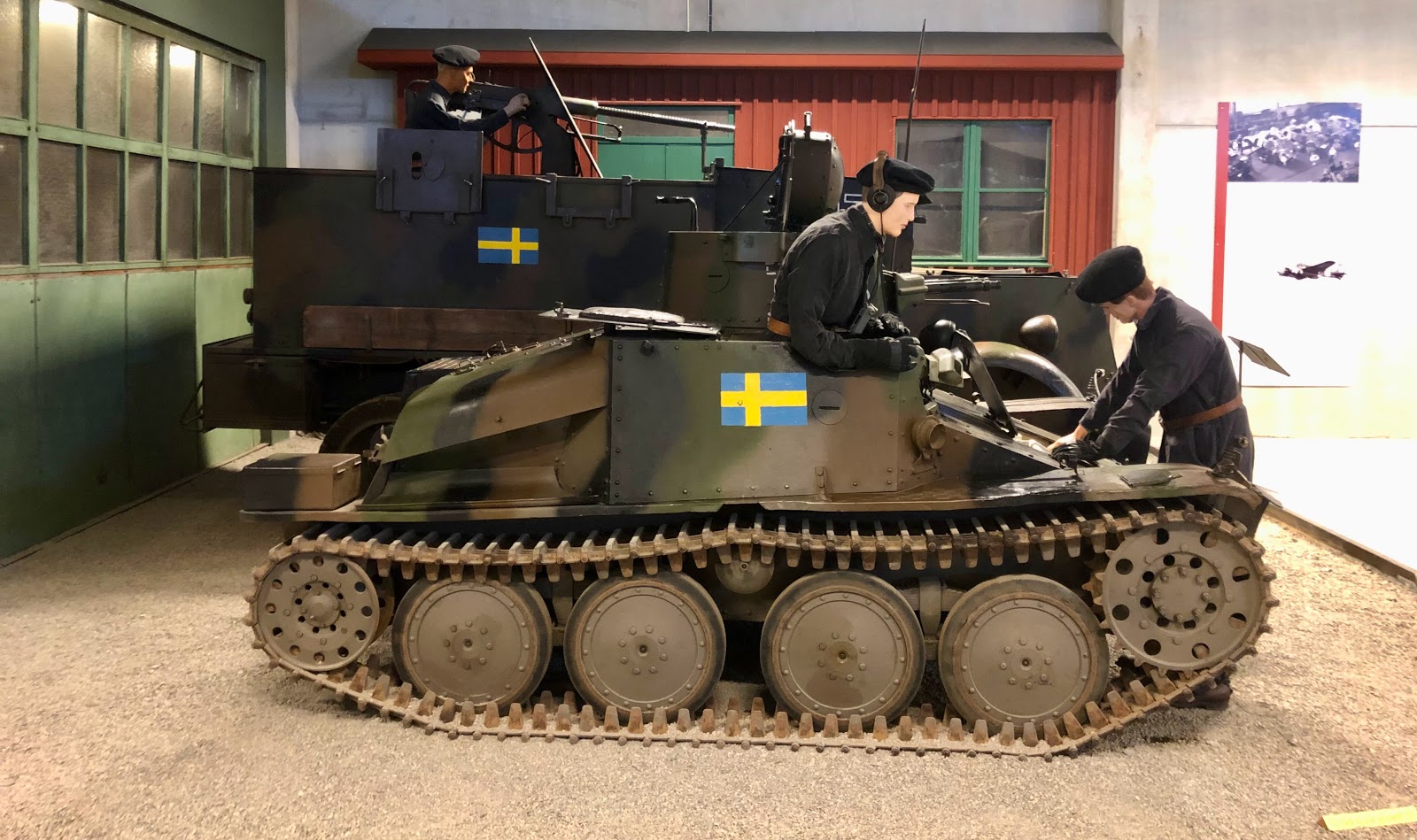


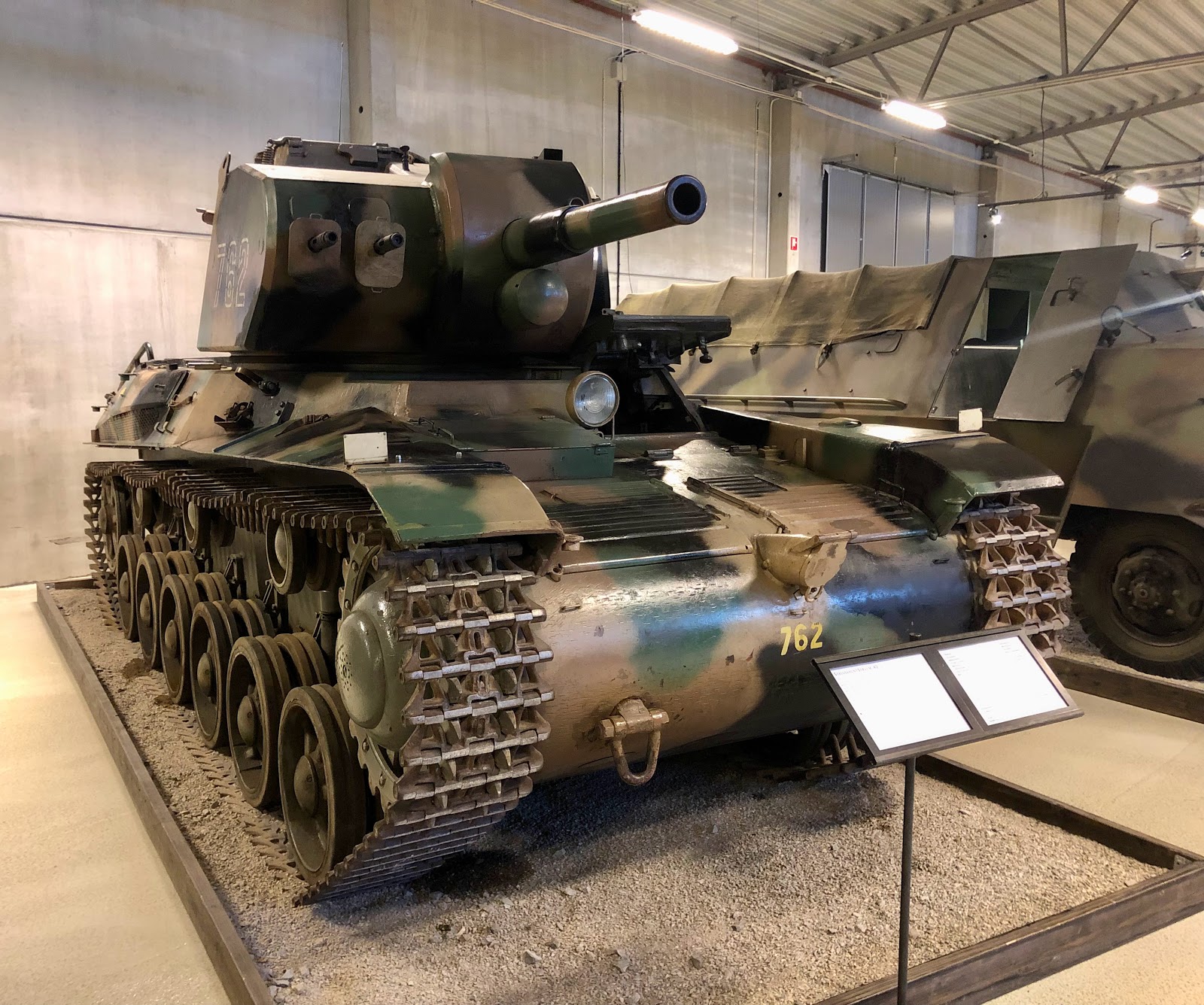

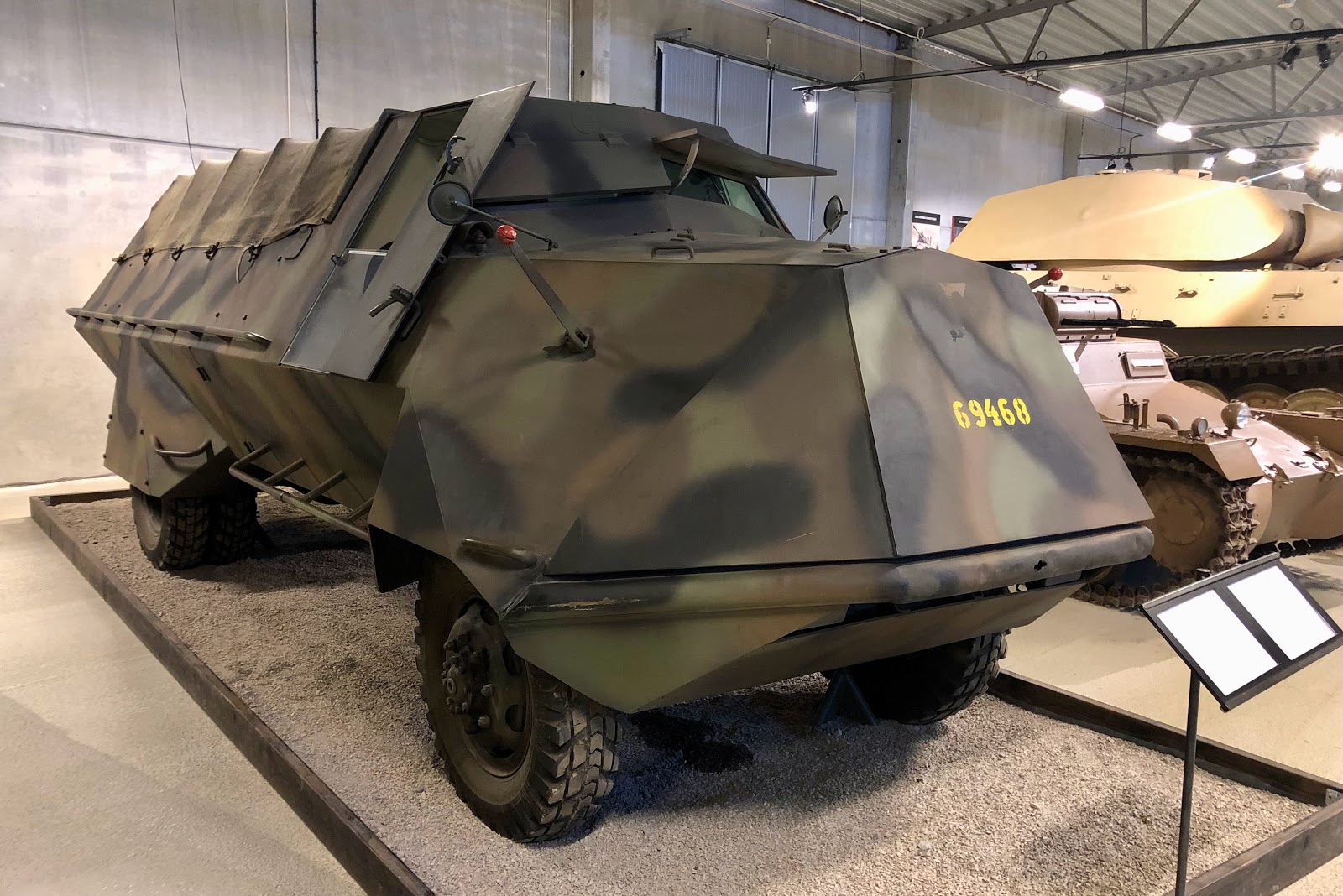






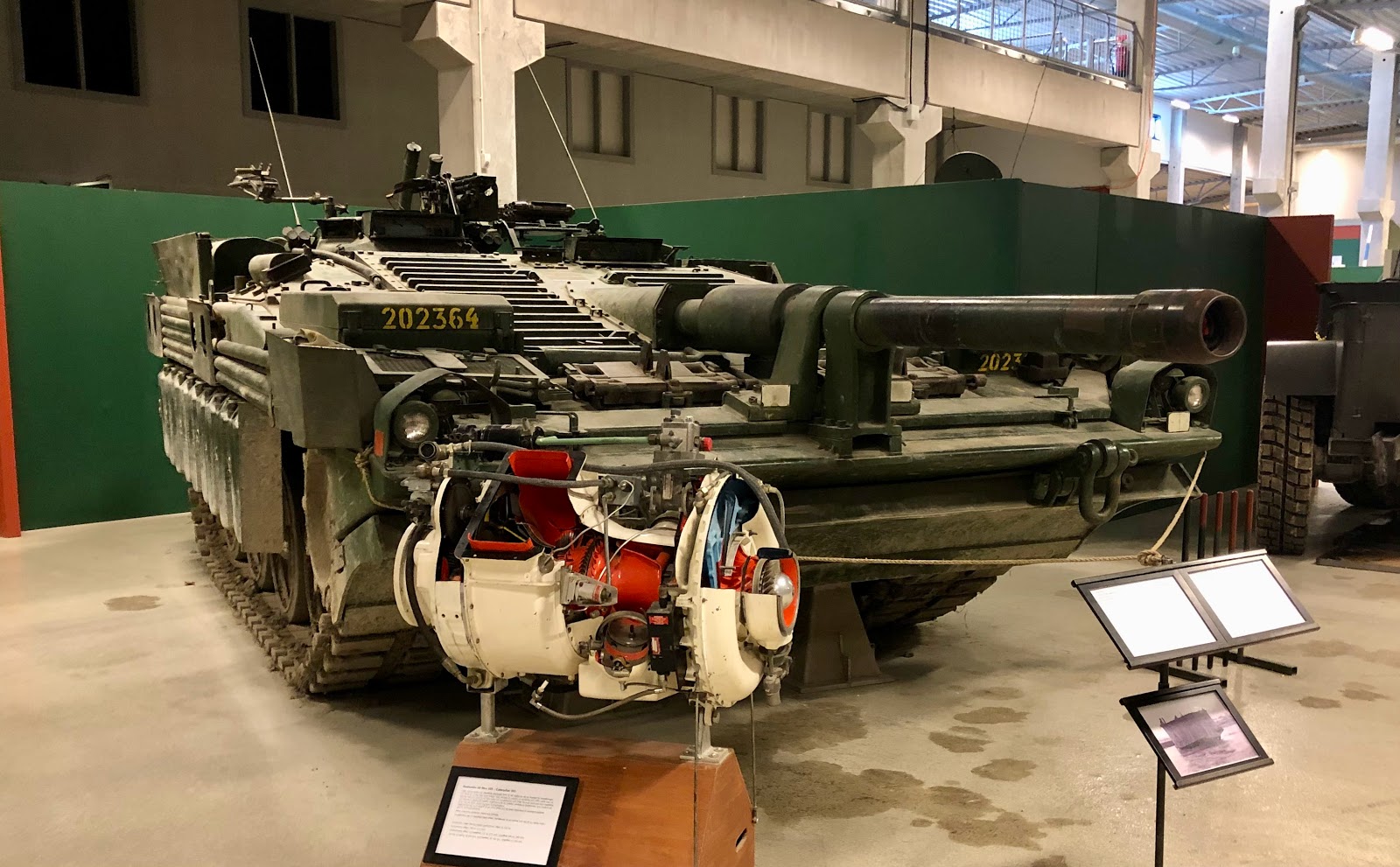



Great work trip!
ReplyDeleteIt is. sadly, I now have to do some work!
DeleteWhy oh why oh why must this “work” thing keep gettin’ in the way of our hobbies?
DeleteIt sounds a great museum and the Swedish vehicles are rather uncommonly seen.
And that battle scene with the flat figurines is really impressive.
Regards,
Geoff